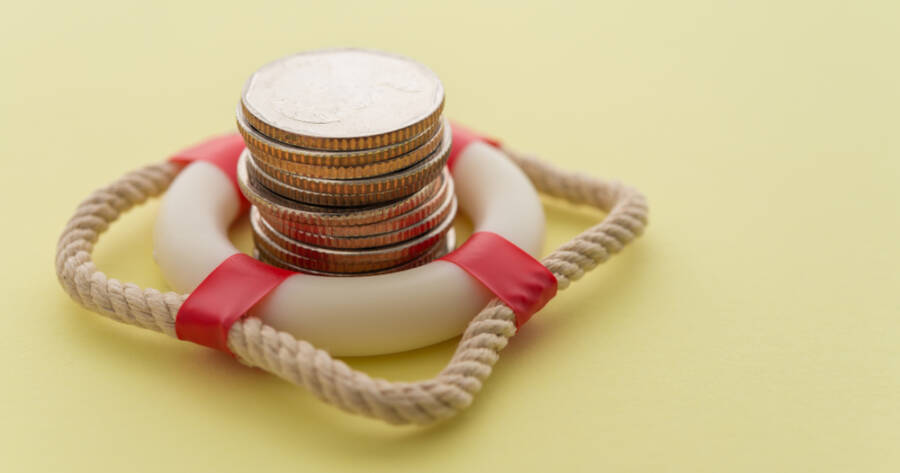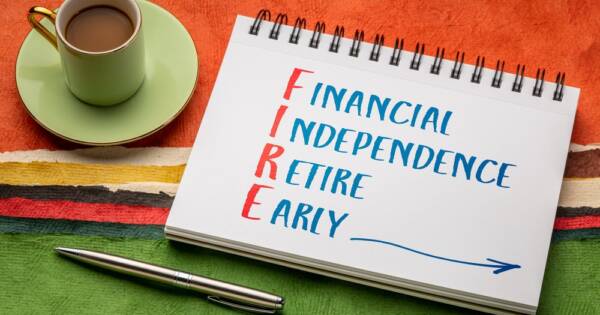Life is unpredictable, and unexpected expenses can arise when you least expect them. Whether it’s an unplanned medical emergency, a costly car breakdown, or a sudden job loss, such challenges can quickly disrupt your financial stability. Having a financial safety net is crucial for handling these situations with less stress. This is where an emergency fund becomes invaluable, providing the financial security and peace of mind everyone needs to face life’s uncertainties.
Why You Need an Emergency Fund
An emergency fund serves as a financial buffer during unforeseen circumstances, protecting you from falling into debt. Without one, unexpected expenses can force you to rely on high-interest credit cards, loans, or dipping into your retirement savings, all of which can derail your financial stability.
- Peace of Mind: Knowing you have money set aside for emergencies can reduce anxiety about potential financial crises.
- Avoiding Debt: An emergency fund minimizes the need to borrow money, saving you from accumulating interest and fees.
- Maintaining Financial Goals: It prevents you from derailing long-term goals like buying a home or investing for retirement.
- Flexibility During Emergencies: You can handle unexpected situations without making hasty financial decisions.
Experts recommend saving three to six months’ worth of living expenses in your emergency fund. This amount should cover necessities like rent, groceries, utilities, and minimum loan payments, ensuring you can sustain your lifestyle during challenging times.
How to Build an Emergency Fund
Building an emergency fund may seem daunting, but with strategic planning and consistent effort, it’s achievable. Here’s how:
- Set a Realistic Goal: Determine the amount you want to save based on your monthly expenses. Start with a smaller target, and gradually increase it. This approach makes the goal more manageable and motivates you to keep saving.
- Create a Budget: Review your income and expenses to identify areas where you can cut back. Look for non-essential spending, such as dining out or subscription services, and redirect those funds into your emergency savings.
- Automate Your Savings: Set up an automatic transfer from your checking account to a dedicated savings account each payday. Automating this process ensures consistency and eliminates the temptation to skip savings.
- Open a Separate Account: Keep your emergency fund in a separate account, such as a high-yield savings account. This keeps the money accessible in case of emergencies while earning interest and discouraging unnecessary withdrawals.
- Supplement Your Income: Consider side hustles, freelance work, or selling unused items to boost your savings. Any additional income can accelerate the growth of your emergency fund.
- Track Your Progress: Regularly monitor your savings to stay motivated and make adjustments as needed. Celebrate milestones to reinforce positive habits.
When to Use Your Emergency Fund
Your emergency fund is a financial safety net designed to protect you when life takes an unexpected turn. It’s not for everyday expenses or impulse purchases—it’s there to cover unplanned, essential costs that could otherwise derail your finances.
Job Loss or Reduced Income: If you lose your job or experience a significant drop in income, your emergency fund can help you stay afloat while you search for new work or adjust your budget. It should cover necessities like rent or mortgage payments, utilities, groceries, and insurance premiums.
Medical Emergencies: Unexpected medical bills, urgent treatments, or prescription costs are classic examples of when to tap into your fund. Even with insurance, out-of-pocket expenses can add up quickly, and having accessible cash can prevent you from going into debt.
Major Home or Car Repairs: When your roof starts leaking or your car breaks down, these are situations where your emergency fund can step in. The key is that the repair must be necessary for your safety or ability to work—not simply an upgrade or improvement.
Family or Personal Crises: Sometimes emergencies are emotional rather than physical—such as needing to travel suddenly for a family illness or funeral. Your fund can help you manage these situations without financial stress.
Natural Disasters or Unforeseen Events: Floods, fires, and other disasters can create immediate financial strain. Accessing your emergency fund ensures you can cover urgent needs like temporary housing, food, or replacing essentials.
Remember, the goal is to use your emergency fund only when absolutely necessary. Once you’ve dipped into it, make a plan to rebuild it as soon as possible so you’re prepared for the next unexpected event.
Start Building Your Emergency Fund
Building an emergency fund is a vital step toward financial security. While it requires discipline and effort, the peace of mind it provides is invaluable. Start small, stay consistent, and prioritize your savings to create a safety net that protects you and your future.





